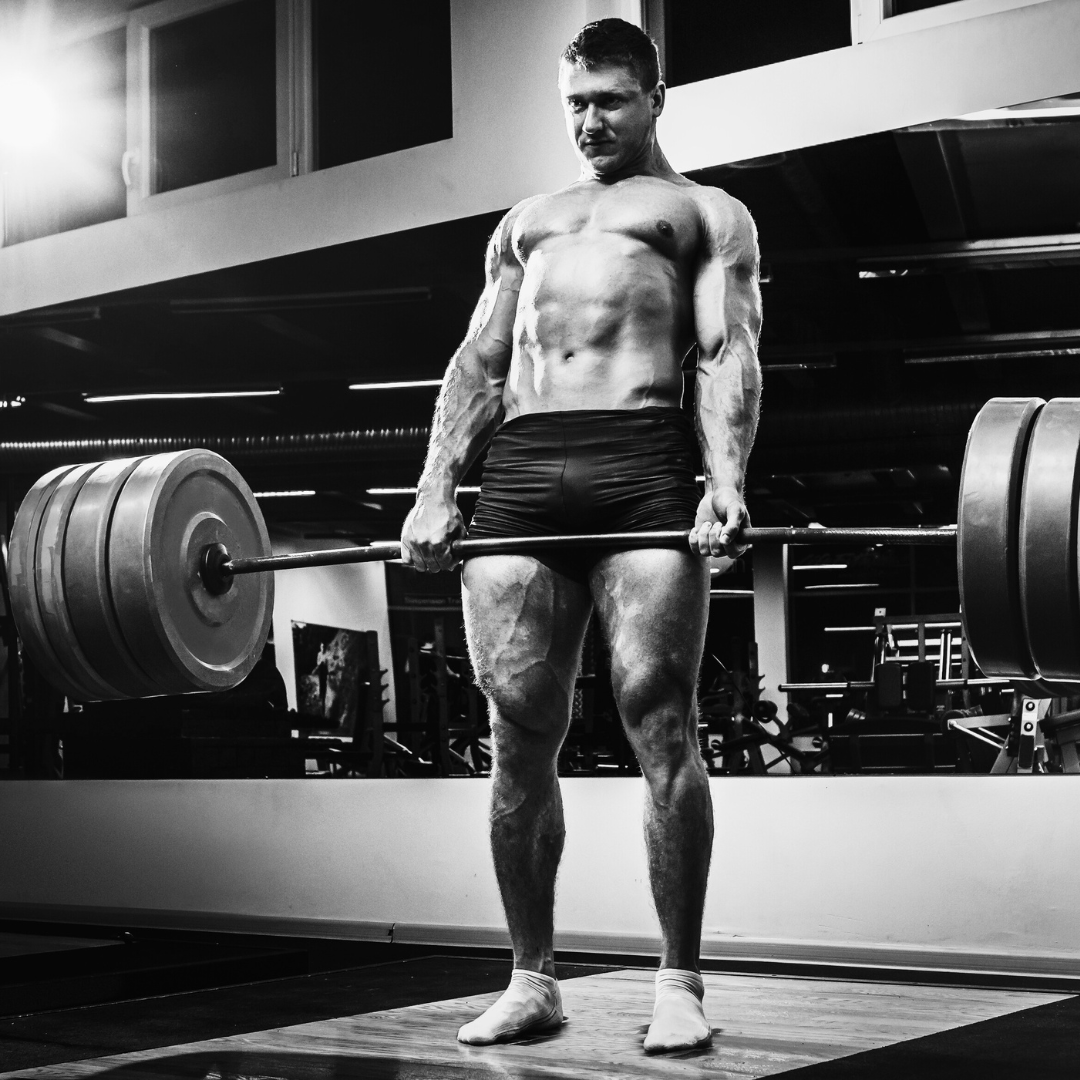The stiff leg deadlift, often overlooked in the shadow of its conventional counterpart, holds immense potential for anyone seeking a well-rounded strength training routine.
Whether you're a seasoned lifter or a fitness novice, mastering this exercise can lead to significant gains in muscle development and overall performance.
Understanding the Stiff Leg Deadlift
What muscles are targeted?
The stiff leg deadlift primarily targets the hamstrings, glutes, and lower back. Engaging these muscle groups not only contributes to a sculpted physique but also enhances overall strength and stability.
Benefits of including it in your workout routine
Beyond aesthetics, incorporating stiff leg deadlifts into your regimen can improve posture, increase flexibility, and reduce the risk of injury by strengthening the posterior chain.
Proper Form and Technique
Feet placement and hip hinge
Begin with your feet hip-width apart, maintaining a slight bend in the knees. Initiate the movement by hinging at the hips, ensuring a straight line from head to tailbone.
Maintaining a neutral spine
One of the most critical aspects of the stiff leg deadlift is keeping a neutral spine. Avoid rounding or arching your back to prevent unnecessary stress on the lumbar region.
Grip and hand positioning
Opt for an overhand grip with hands slightly wider than shoulder-width apart. This grip ensures a secure hold on the barbell throughout the movement.
Common Mistakes to Avoid
Rounding the back
Allowing your back to round during the lift increases the risk of injury and shifts the emphasis away from the targeted muscles.
Locking out the knees
Maintain a slight bend in the knees to prevent hyperextension and protect your joints from unnecessary strain.
Using too much weight
Prioritize proper form over heavy weights. Gradually increase the load as your strength and technique improve.
Stiff Leg Deadlift vs. Conventional Deadlift
Differences in form and muscle engagement
While both exercises engage similar muscle groups, the stiff leg deadlift places a greater emphasis on the hamstrings and lower back compared to the traditional deadlift.
Choosing the right variation for your goals
Consider your fitness goals when deciding between the two variations. The stiff leg deadlift is ideal for those aiming to target specific muscle groups with precision.
Incorporating Stiff Leg Deadlifts into Your Workout Routine
Frequency and sets
Beginners should start with 2-3 sets of 8-10 repetitions, gradually increasing frequency and intensity as strength improves.
Combining with other exercises
Pairing stiff leg deadlifts with compound movements like squats and lunges creates a well-rounded lower body workout.
Progressive Overload and Tracking Results
Increasing weight safely
Apply the principle of progressive overload by gradually increasing the weight lifted. This stimulates continuous muscle growth and strength development.
Measuring strength gains and muscle development
Track your progress by regularly assessing your strength gains and observing changes in muscle definition. Consistent improvement indicates that your routine is effective.
Conclusion
Mastering the stiff leg deadlift is not just about lifting weights—it's about unlocking your body's potential for strength, flexibility, and overall well-being. With the right technique, consistency, and a tailored approach to your fitness goals, this exercise can be a game-changer in your training journey.
Recommended Gear For Stiff Leg Deadlifts
Now that you know more about why you should incorporate stiff leg deadlifts and how to properly do them, here are some recommend gym accessories to help support this workout!
Lifting Belts
A lifting belt can be a game-changer, especially for Stiff Leg Deadlifts. It provides essential core support, helping to maintain intra-abdominal pressure and protect the lower back. Cinch it snugly around your waist before tackling those heavy lifts.
The 13mm SBD Lever Belt
The classic SBD Belt. A high quality 13mm lever belt featuring a patented gliding lever, providing the adjustability of a prong belt with the ease and tightness of a lever belt.
Ideal for sizing up or down whenever you need during training sessions and competitions. Perfect for beginners or seasoned lifters.
The 10mm SBD Belt
The 10mm lever belt is constructed using two different cuts of hide to allow the belt to retain support while moulding to your waist.
Featuring a low profile buckle - along with rounded edges and corners - to minimise any obstruction or discomfort from contact between the legs and the belt. This belt is most suited for weight lifters.
Knee Sleeves
For those pushing their limits, knee sleeves offer valuable joint support. Incorporating knee sleeves can provide an extra layer of protection, especially if you're dealing with heavier loads.
The Classic SBD Knee Sleeves
Manufactured with high grade 7mm neoprene, the SBD Knee Sleeves is designed to minimise the risk of injury and to aid performance. Relied on by strength athletes around the world, these 7mm knee sleeves are ideal for heavy training.
The SBD Powerlifting Knee Sleeves
The SBD Powerlifting Knee Sleeves are designed for competitive powerlifters looking for the maximum support from their sleeves. They allow for significantly greater compression throughout knee flexion to maximise support and confidence during maximal attempts, increasing top end performance.
FAQs
- Can stiff leg deadlifts replace conventional deadlifts? While both exercises offer unique benefits, stiff leg deadlifts can be a valuable complement to conventional deadlifts, targeting specific muscle groups.
- How often should I include stiff leg deadlifts in my workout? For optimal results, aim to include stiff leg deadlifts 1-2 times per week, adjusting frequency based on individual recovery and fitness goals.
- What is the ideal rep range for stiff leg deadlifts? Begin with 8-10 repetitions per set for muscle engagement, adjusting the rep range based on individual goals and fitness level.







